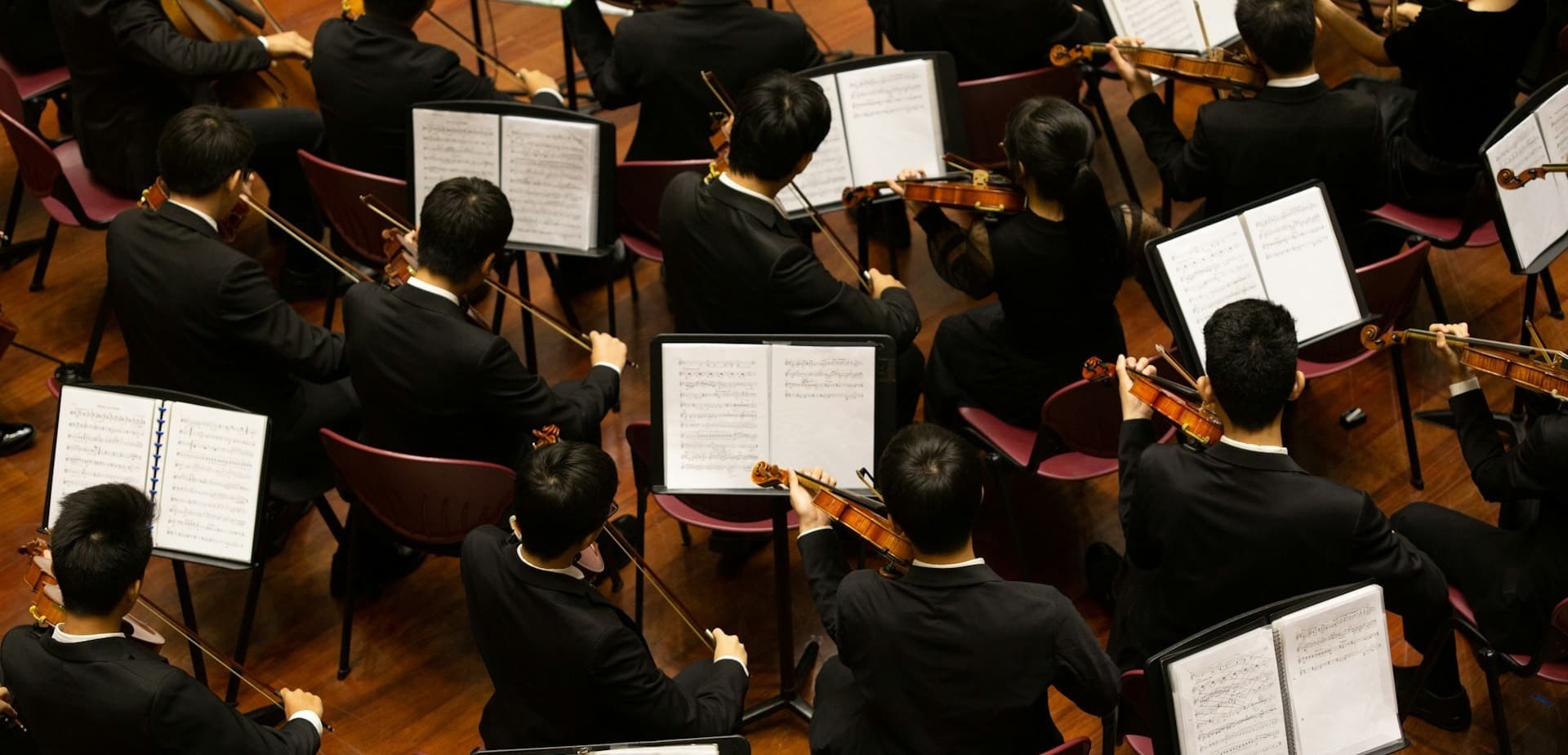Norma
November 2025 | ||||||
|---|---|---|---|---|---|---|
Mo | Tu | We | Th | Fr | Sa | Su |
Norma – Vincenzo Bellini | Concert
A bel canto masterpiece and a fascinating psychological drama set against the backdrop of the Roman occupation of ancient Gaul.
The libretto for Norma, the eighth opera by the Italian composer Vincenzo Bellini (1801–1835), was written by Felice Romani, based on the French author Alexandre Soumet’s play. The story takes place during the Roman occupation of Gaul, with the main plot revolving around the secret marriage of the Druid priestess Norma to the Roman proconsul Pollione. The phenomenal soprano Giuditta Pasta was largely responsible for the resounding success of the premiere at La Scala, on 26 December 1831, even though she had initially rejected the title role due to its extreme difficulty. Norma’s ambivalence and highly complicated nature, buffeted by uncontrollable alternating fits of love and hatred, pride and humility, tolerance and vindictiveness, is forcibly depicted in the pivotal aria “Casta diva”, as well as in the splendid duos and trios with Pollione and her rival, the priestess Adalgisa. The vocal challenges placed on the singer performing Norma are enormous, yet the coloraturas are not a vehicle for gratuitous of technical brilliance but incorporated into the melody as expressively exuberant melismas, serving to convey the extreme positions of the heroine’s emotional spectrum.
Norma was first performed in Prague in 1835, at the Estates Theatre, in Italian. The most recent Prague adaptation, premiered in October 2015, was conducted by Italy’s Enrico Dovico and staged by the Japanese director Tomo Sugao, with the scenery created by the renowned Slovak designer Boris Kudlička. The State Opera toured Japan with the production, starring Edita Gruberová, who also portrayed the heroine in Prague at the final three performances, in May and June 2018. This November’s concert performance of Norma will be conducted by the State Opera's music director, Hermann Bäumer, and the title role will be sung by the Kosovar soprano Marigona Qerkezi, who has gained acclaim at major opera houses, including the Oper Frankfurt, where she will debut as Norma in April 2025.
Program and cast
Norma - Marigona Qerkezi
Pollione - Denys Pivnitskyi
Oroveso - Iurie Maimescu
Adalgisa - Štěpánka Pučálková
State Opera Orchestra
Conductor: Hermann Bäumer
State Opera Chorus
Prague State Opera
The State Opera today
The State Opera (formerly the State Opera Prague, between 1948 and 1992 the Smetana Theatre, and originally the New German Theatre) has been a part of the National Theatre since 2012. The Opera and Ballet ensembles give repertory performances at the State Opera.
History
The Prague State Opera resides in the building which on January 5, 1888 was opened as a Prague German stage with the performance of Wagner’s opera, The Mastersingers of Nürnberg. In the 19th century, Prague Germans performed in the Estate’s Theater in alternation with a Czech company. Desire for their own theater led to negotiations in 1883 for the construction of a new theater building for the German Theater Association. Over the next three years, a blueprint was drawn up and handed over to the Vienna atelier of Fellner and Hellmer. Also sharing in the design was the architect of the Vienna Municipal Theater, Karl Hasenauer, while Prague architect Alfons Wertmüller took part in the construction. Financing came from private collections. With its spacious auditorium and neo-Rococo decoration, this theater building is among the most beautiful in Europe.
Access:
By car
On Wilsonova street, from the left lane close to the State Opera building take the slip road to the Slovan above-ground garage. The parking fee is 40 CZK/h.
By tram
By daytime tram No. 11 to the stop “Muzeum”, through the underpass beneath Legerova street in the direction of the NationalMuseum, at the crossroads turn right along the NewBuilding of the NationalMuseum.
By daytime trams Nos. 3, 9, 14 and 24 or night trams Nos. 51, 52, 54, 55, 56 and 58 to the stop “Václavské náměstí”, then by foot uphill on the left side of the Wenceslas Square to the traffic lights across Wilsonova and Vinohradská streets. Then turn left along the NewBuilding of the NationalMuseum.
By metro
To the “Muzeum” station, lines A and C (green and red), and then by foot along the NewBuilding of the NationalMuseum.

 EN
EN DE
DE IT
IT FR
FR ES
ES RU
RU JP
JP RO
RO
 Seating plan
Seating plan